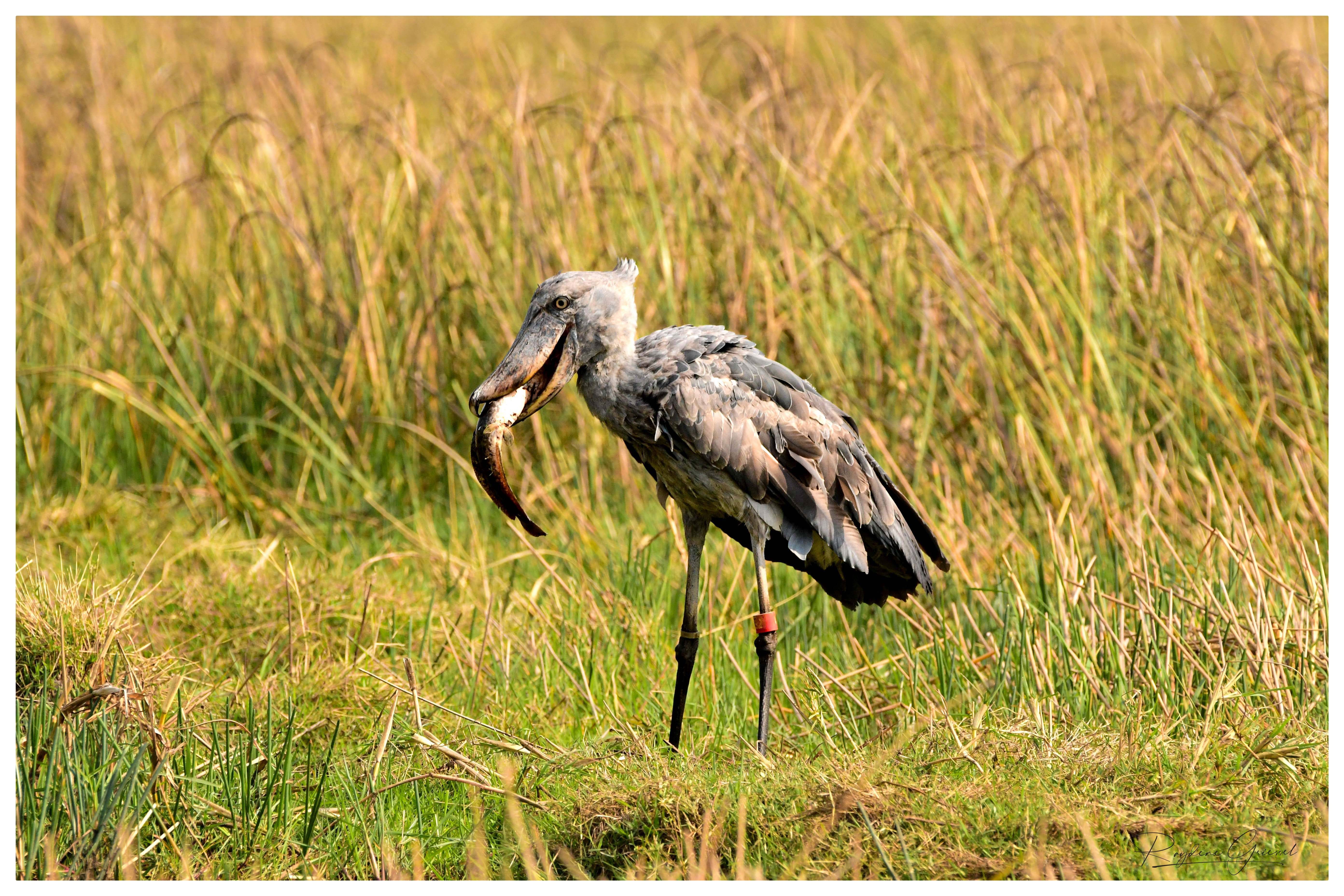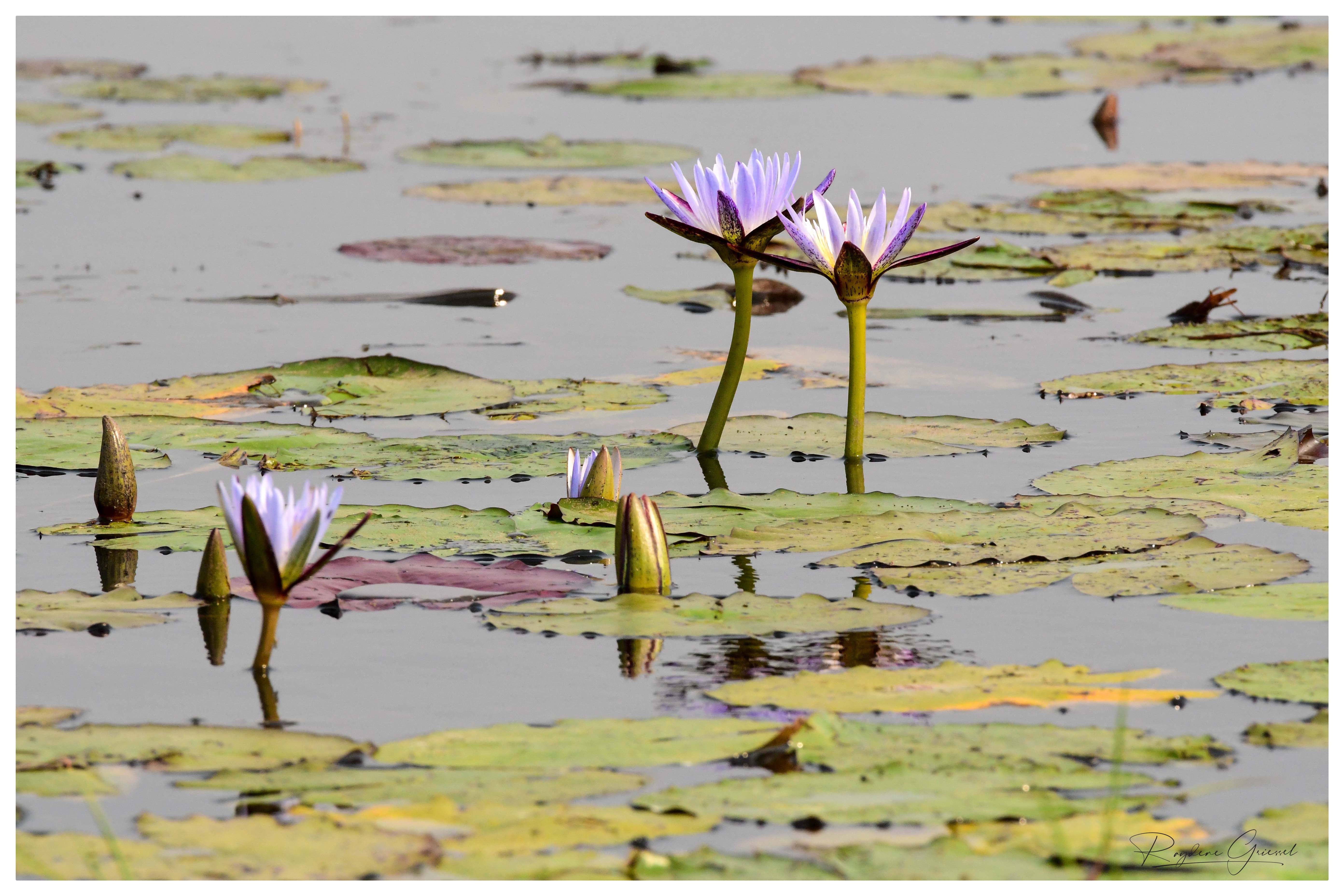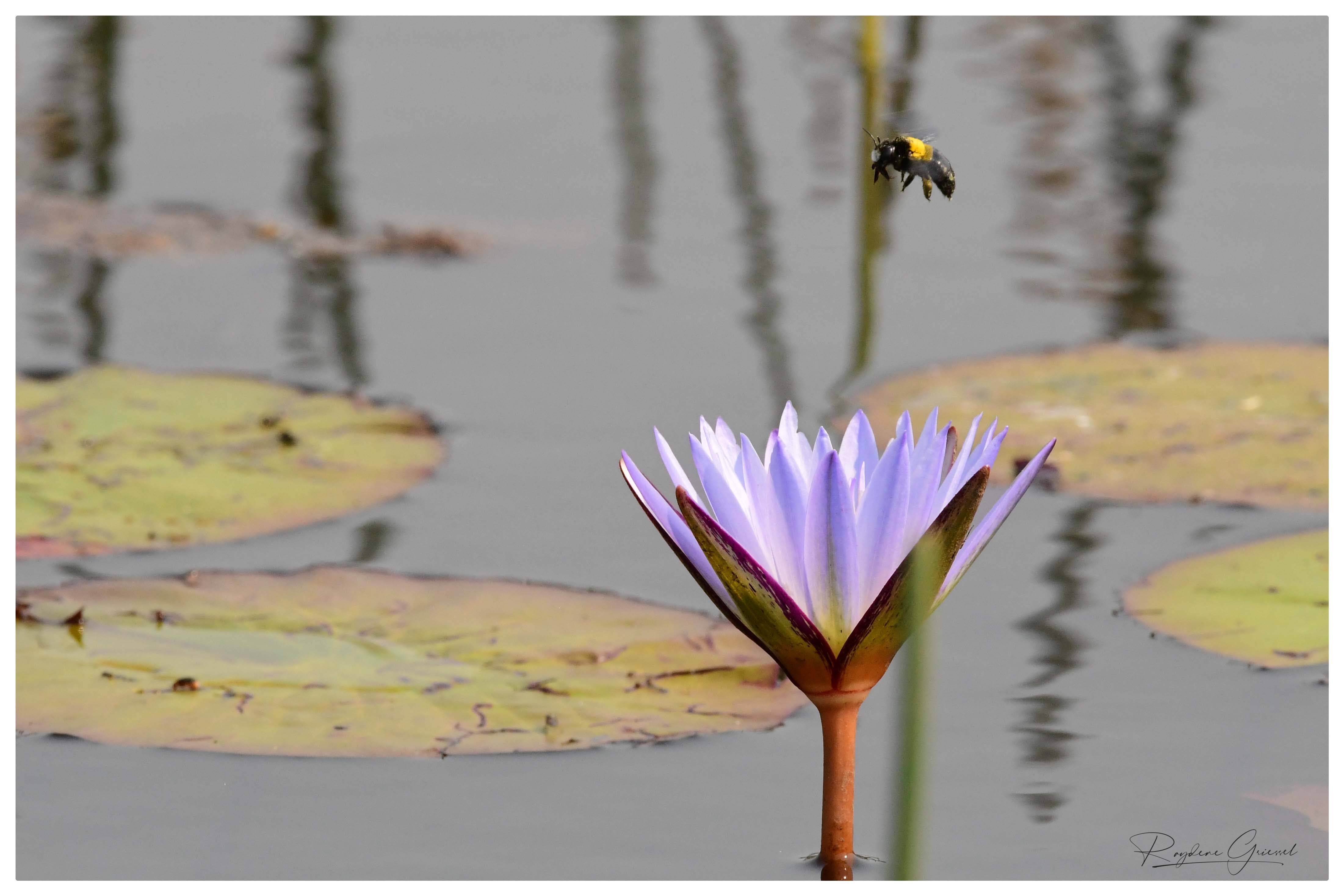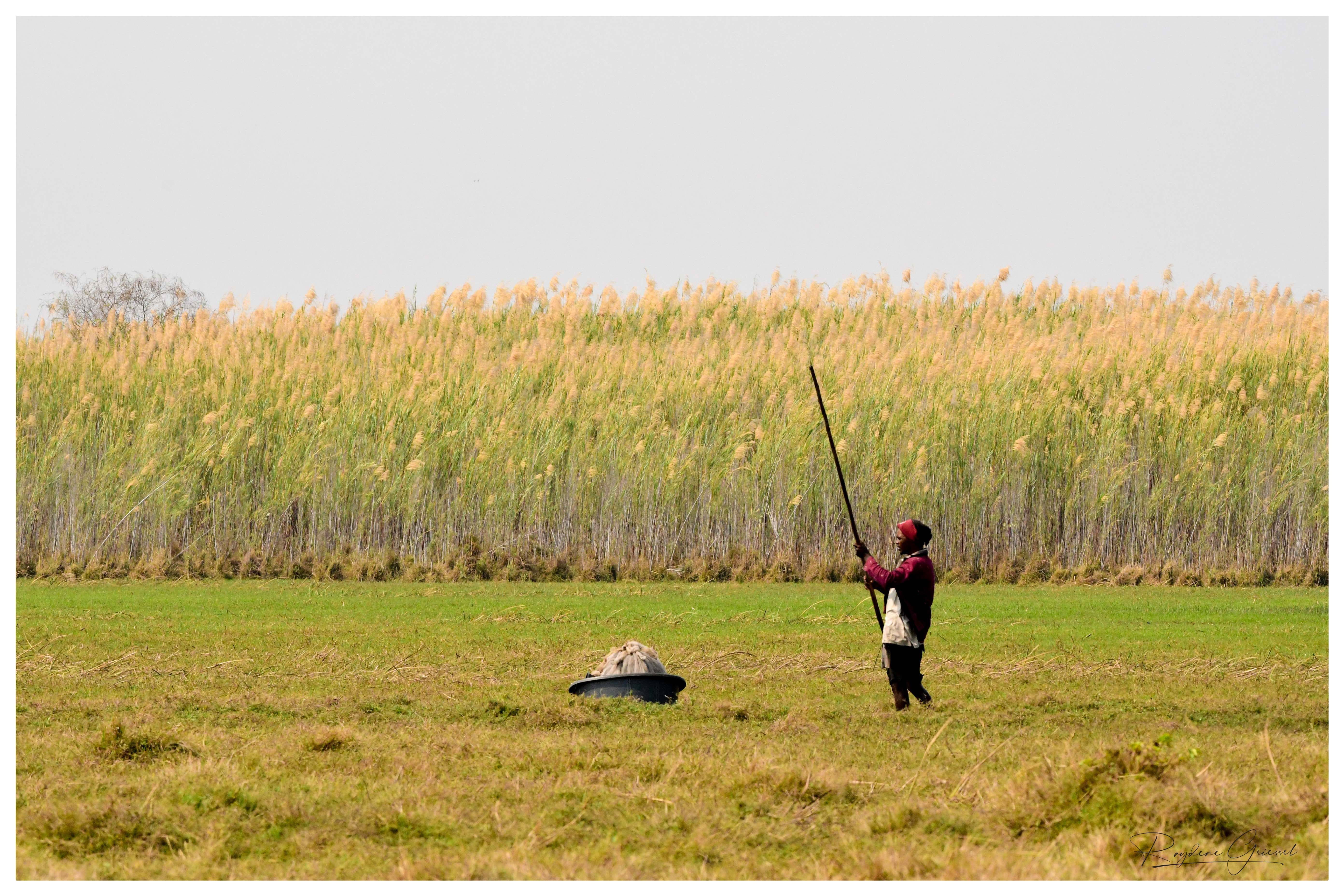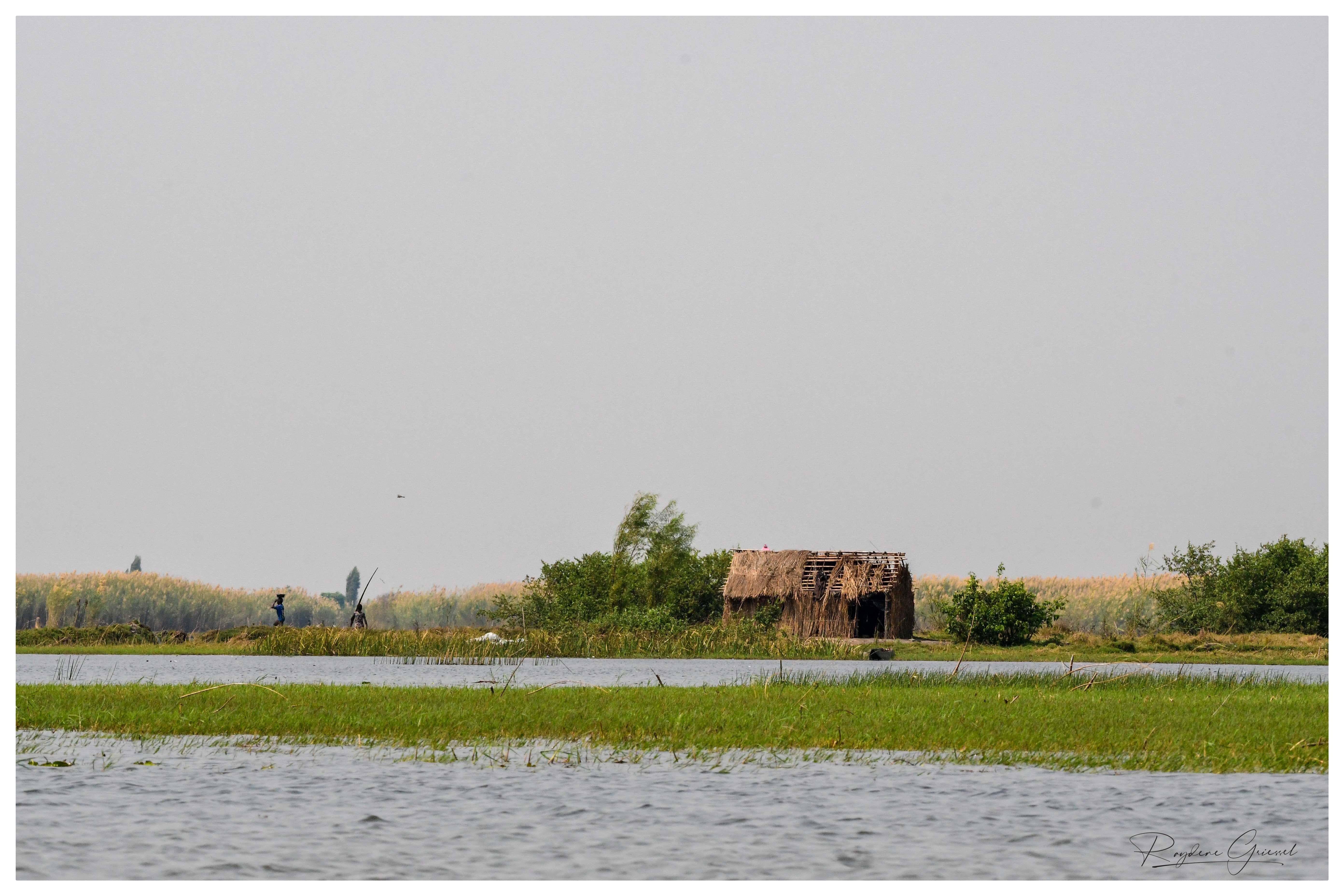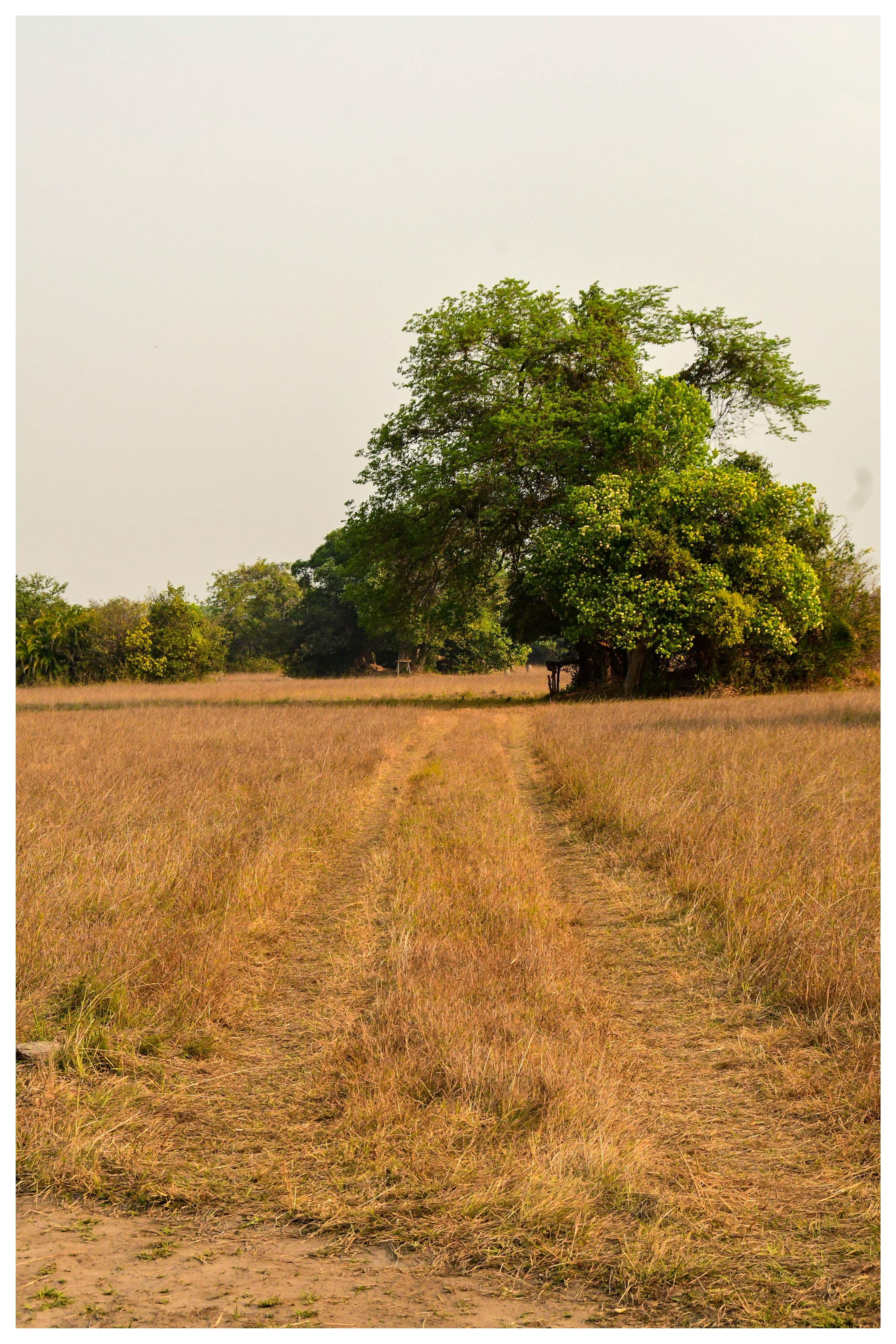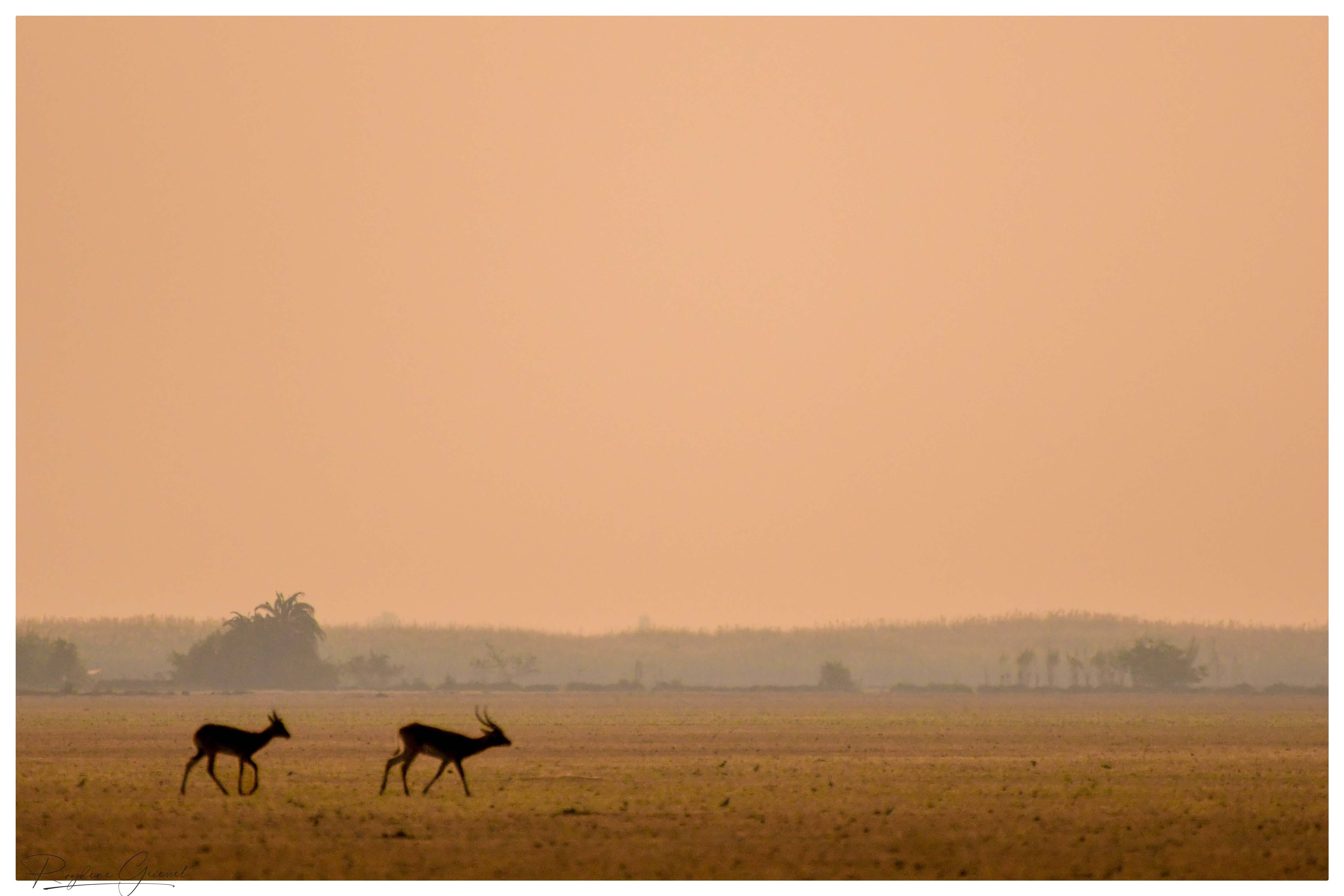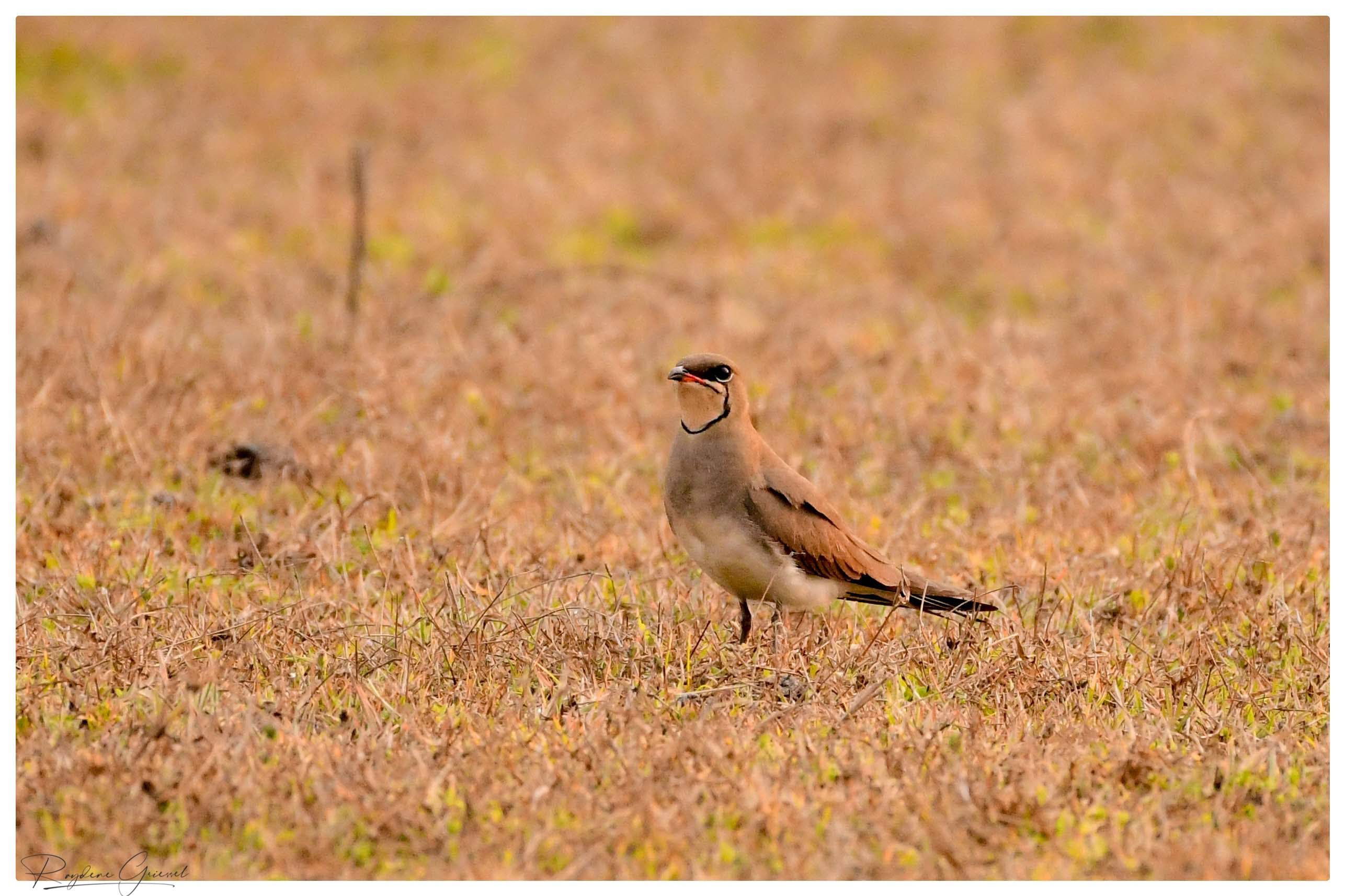Bangweulu Wetlands
Leaving the charming town of Samfya, we had our fingers crossed for smooth road conditions, but alas, our hopes were quickly dashed. The route was mostly a hodgepodge of "potholes and sand," and while traffic was relatively light, it still presented quite the challenge. However, there was a brief respite from the road woes as we crossed the magnificent Mukuku Bridge, also known as the Tuta Bridge, at Luapula. This brief encounter with better infrastructure gave us a moment to catch our breath.
Our journey took a turn just after passing Wakawaka Lake when we veered onto the main sand road, known as the D48. Once again, we found ourselves on "twee spore" tracks, venturing deeper into the wild on our quest to reach the remote Bangweulu Plains in search of the elusive Spoonbill. The road was barely a road, a mere suggestion of a pathway, and the tracks were formidable, having weathered the ravages of the previous year's rains. This was not a journey for the faint-hearted. Yet, we were determined to embrace the challenge and make it to the plains.
After navigating this demanding route, we finally arrived at the expansive Bangweulu Plains and set up our camp. It felt like we were in the middle of nowhere, with no other people in sight, only vast, flat, and grassy plains stretching as far as the eye could see.
The following morning, we embarked on the adventure with a knowledgeable guide in search of the elusive Shoebill. Using a Mokoro, a traditional dugout canoe, we glided through the swamps and wetlands, discovering a treasure trove of bird species, including the Blue-Breasted Bee-Eater, Katanga Masked Weaver, and Fan-Tailed Widowbird. The trip up the river was filled with captivating moments, thanks to our guide's insights.
And then, as if by magic, we turned a corner and there it was—the Shoebill, a sight to behold. With camera in hand, we captured the majestic bird in all its glory. In an awe-inspiring moment, the Shoebill dipped its beak and emerged with a colossal fish. We spent three unforgettable nights in this wilderness, filled with remarkable bird and game sightings. It was an experience that undoubtedly justified the challenging drive to get there.
In the end, the Bangweulu Plains proved to be an incredible destination, where the hardships of the journey faded into the background as we marvelled at the natural wonders and the rare and elusive creatures that call this remote corner of the world home.
“The Great Bangweulu Basin, incorporating the vast Bangweulu Lake and a massive wetland area, lies in a shallow depression in the centre of an ancient Cratonic platform, the North Zambian Plateau. The basin is fed by 17 principal rivers from a catchment area of 190 000km2 / 118 000mi² but is drained by only one river, the Luapula.
The area floods in the wet season between November and March, and receives high average annual rainfall but 90% of the water entering the system is lost to evapo-transpiration. The resultant effect is that the water level in the centre of the basin varies between one and two metres (three and six feet), causing the floodline to advance and retreat by as much as 45km / 28mi at the periphery. It is this seasonal rising and falling of the flood waters that dictates life in the swamps.
Humans have inhabited the periphery of the swamp area for hundreds of years as it has always provided a rich source of food, but the area is so incredibly vast, it is largely left to the abundant wildlife that lives off the rich resources. Since protections were put in place, cheetah have returned, and populations of black lechwe and Tsessebe have increased. The Bangweulu Swamps are now an Important Birding Area as well as a Ramsar Wetland of International Importance. Magnificent shoebill storks are the big tick here, even for non-birders”.( Source Zambian Tourism)

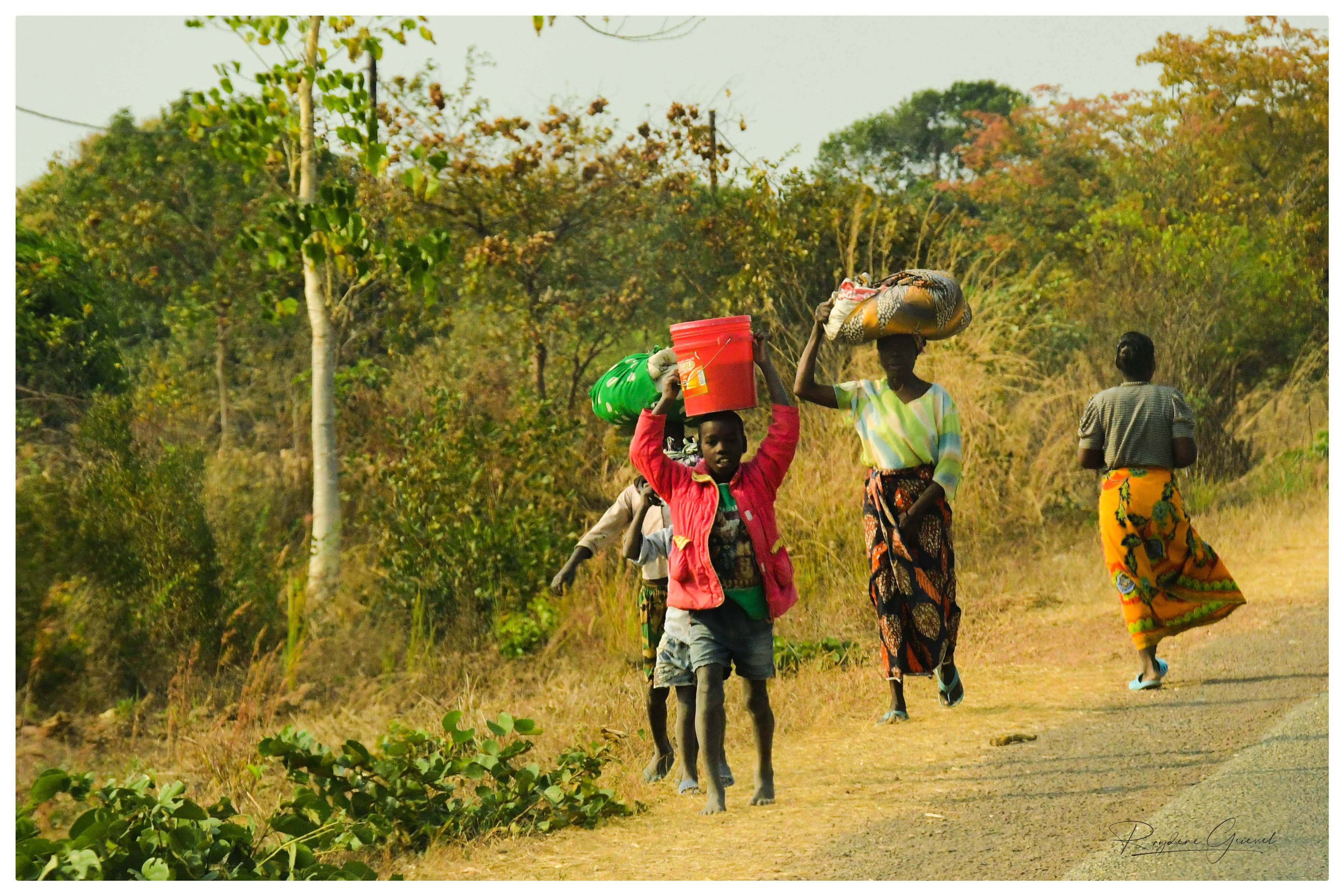



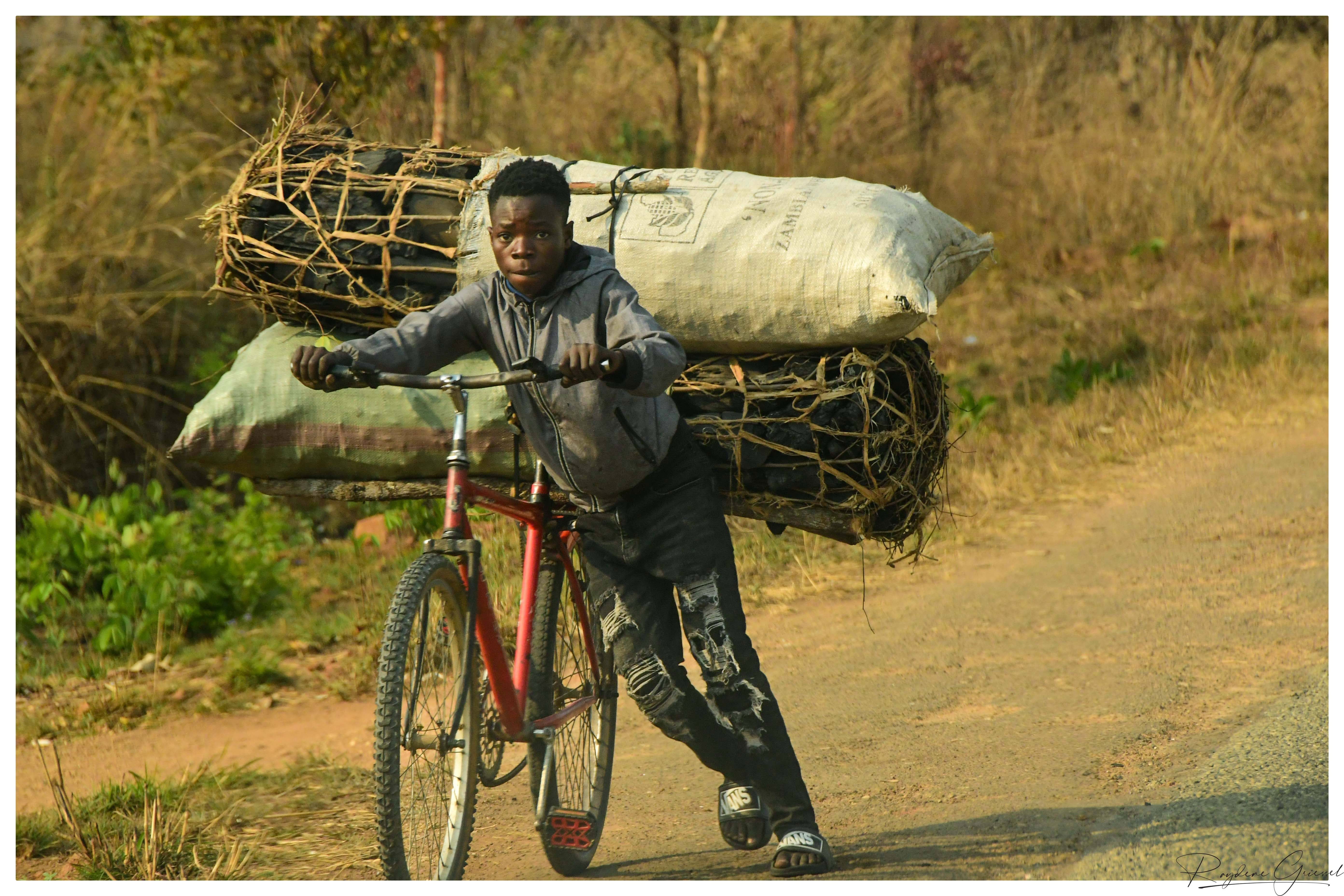



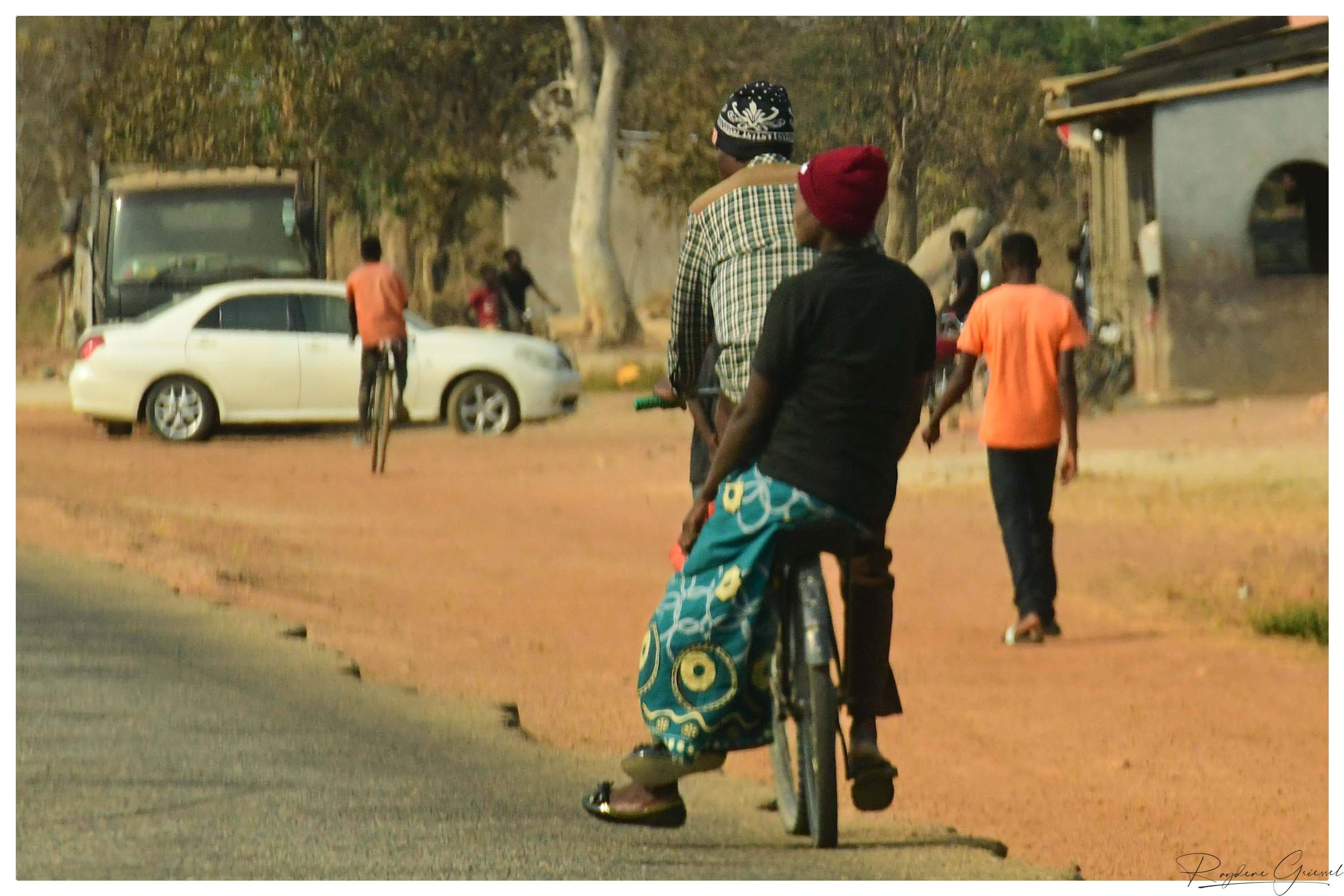









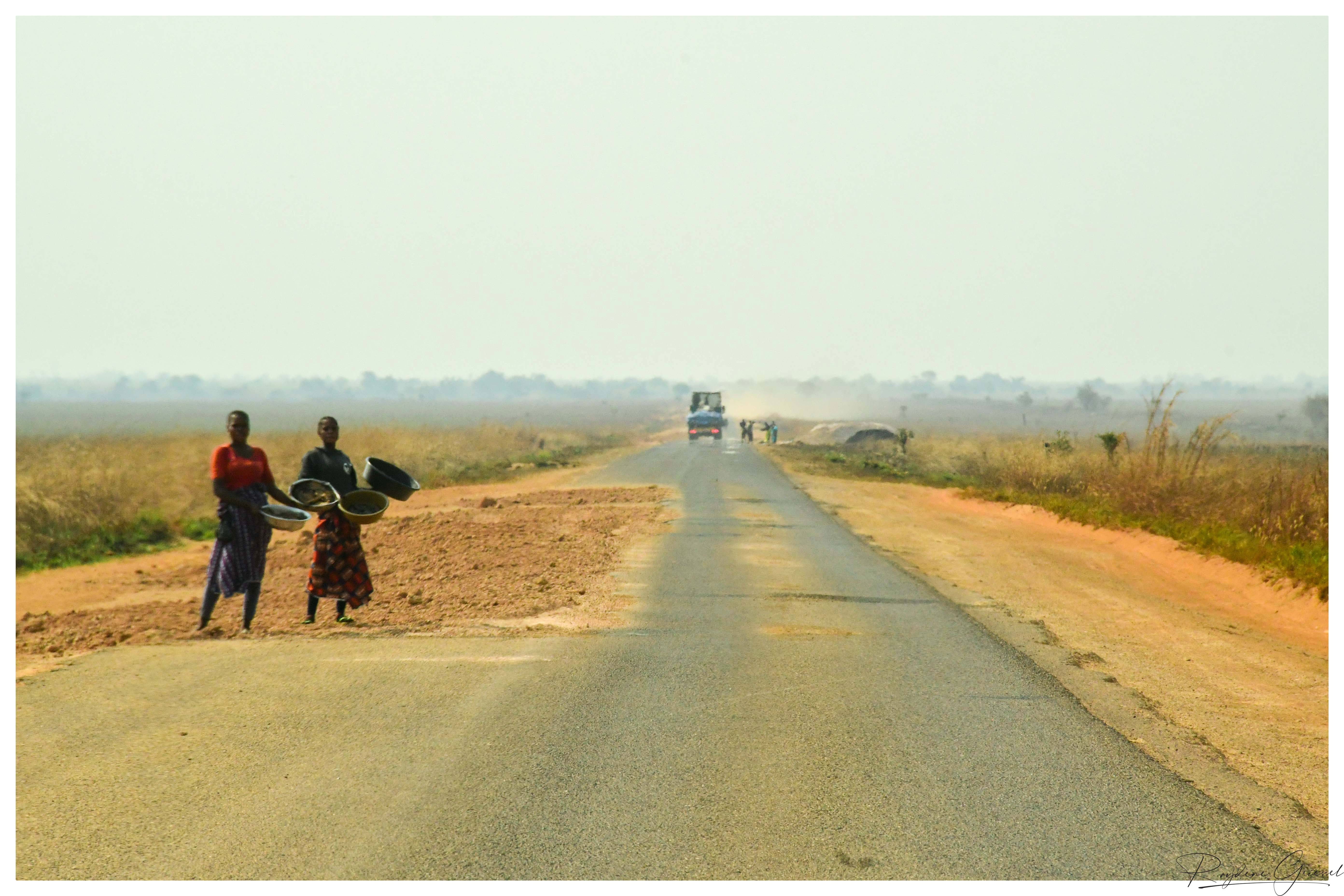
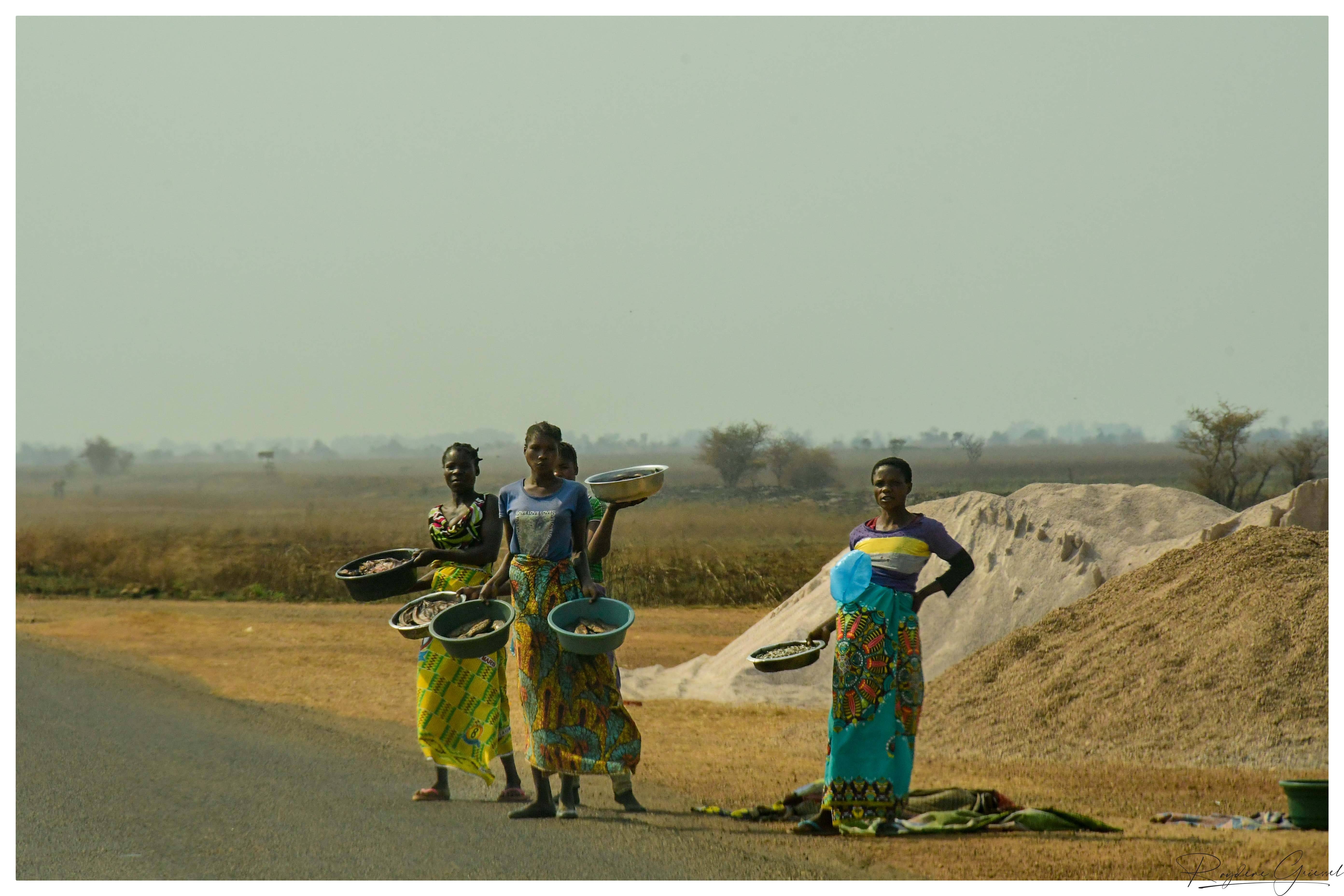







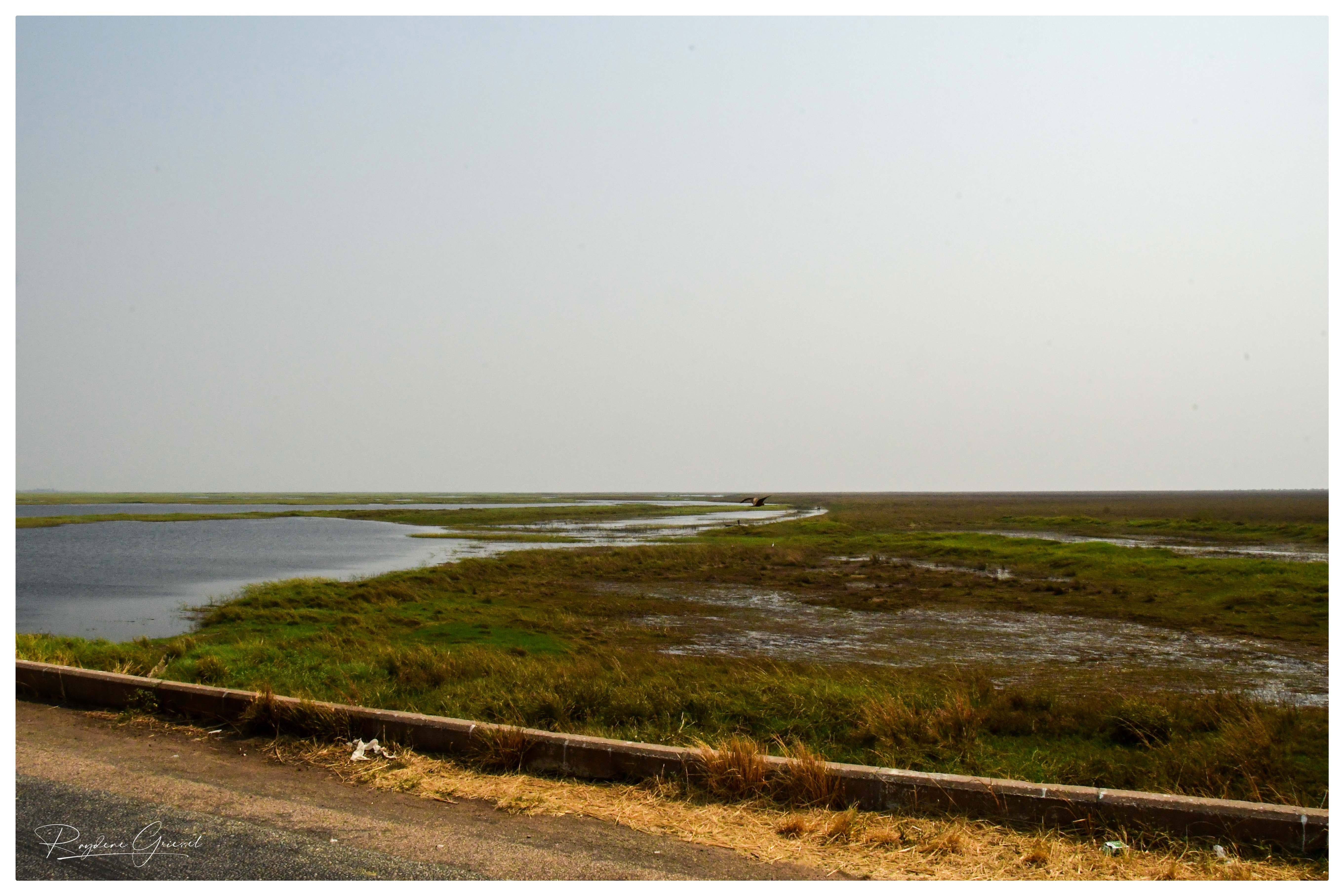



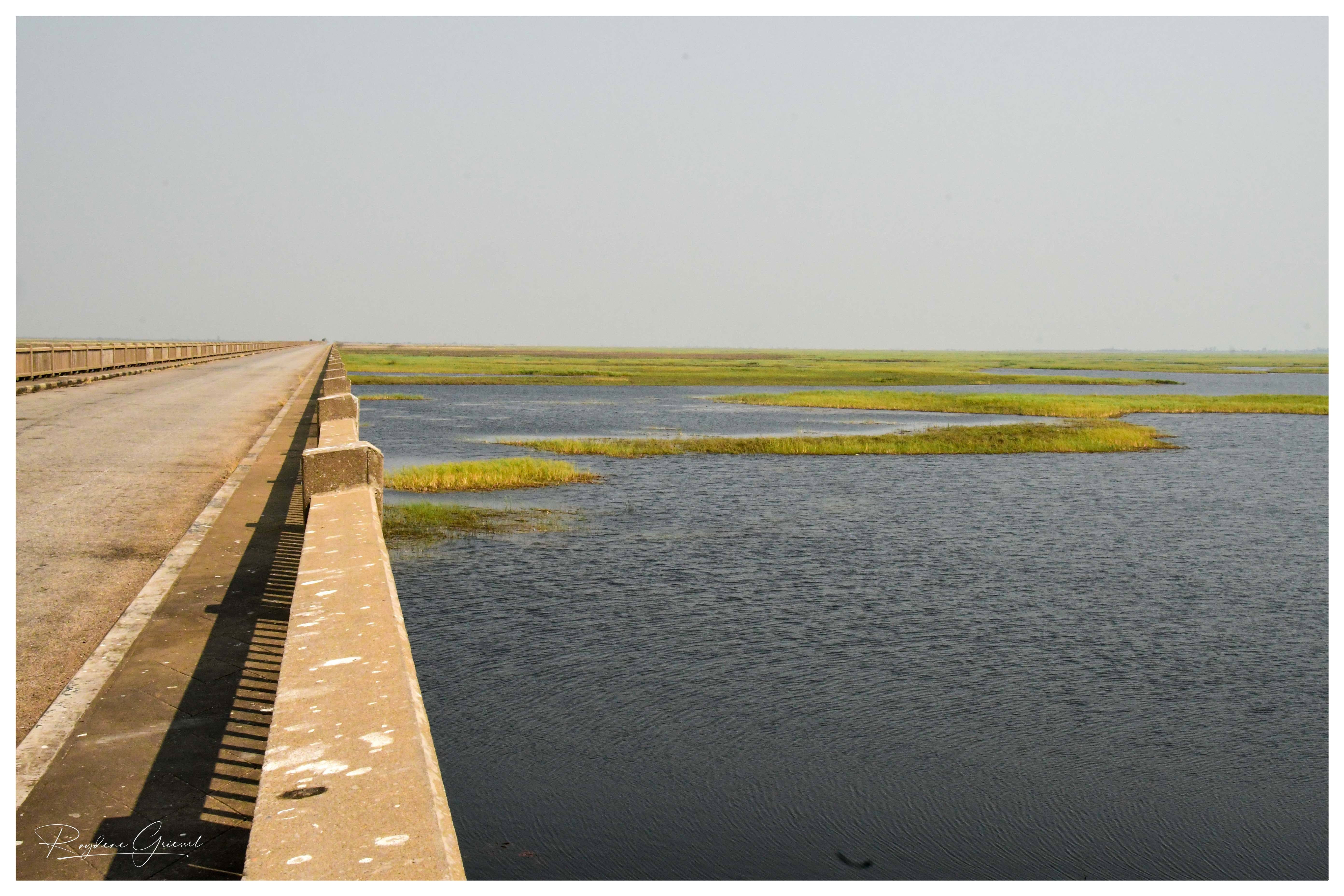





Forced to make a bush detour as truck broken down on the single track.
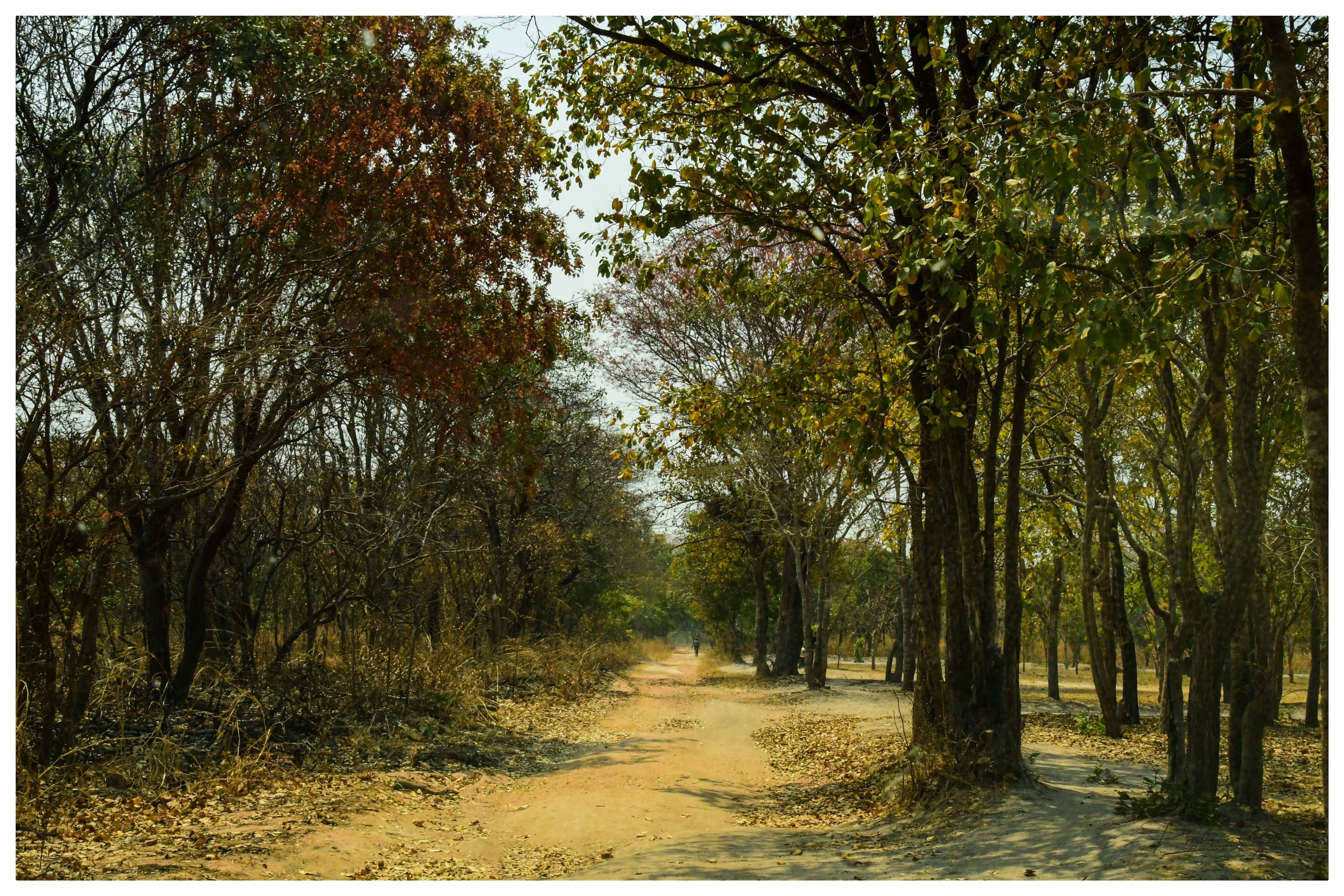


and a track it was.....!!!





















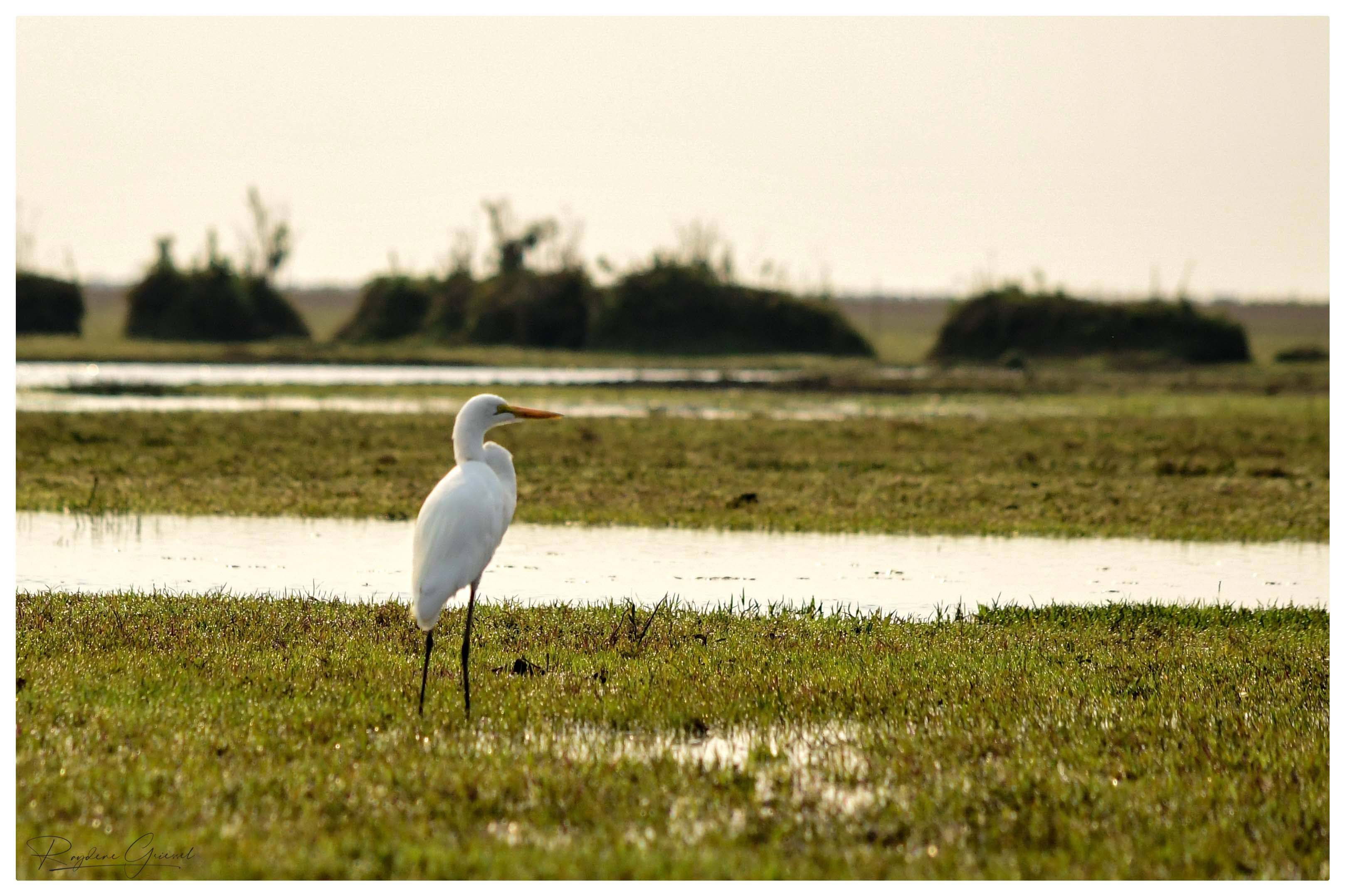

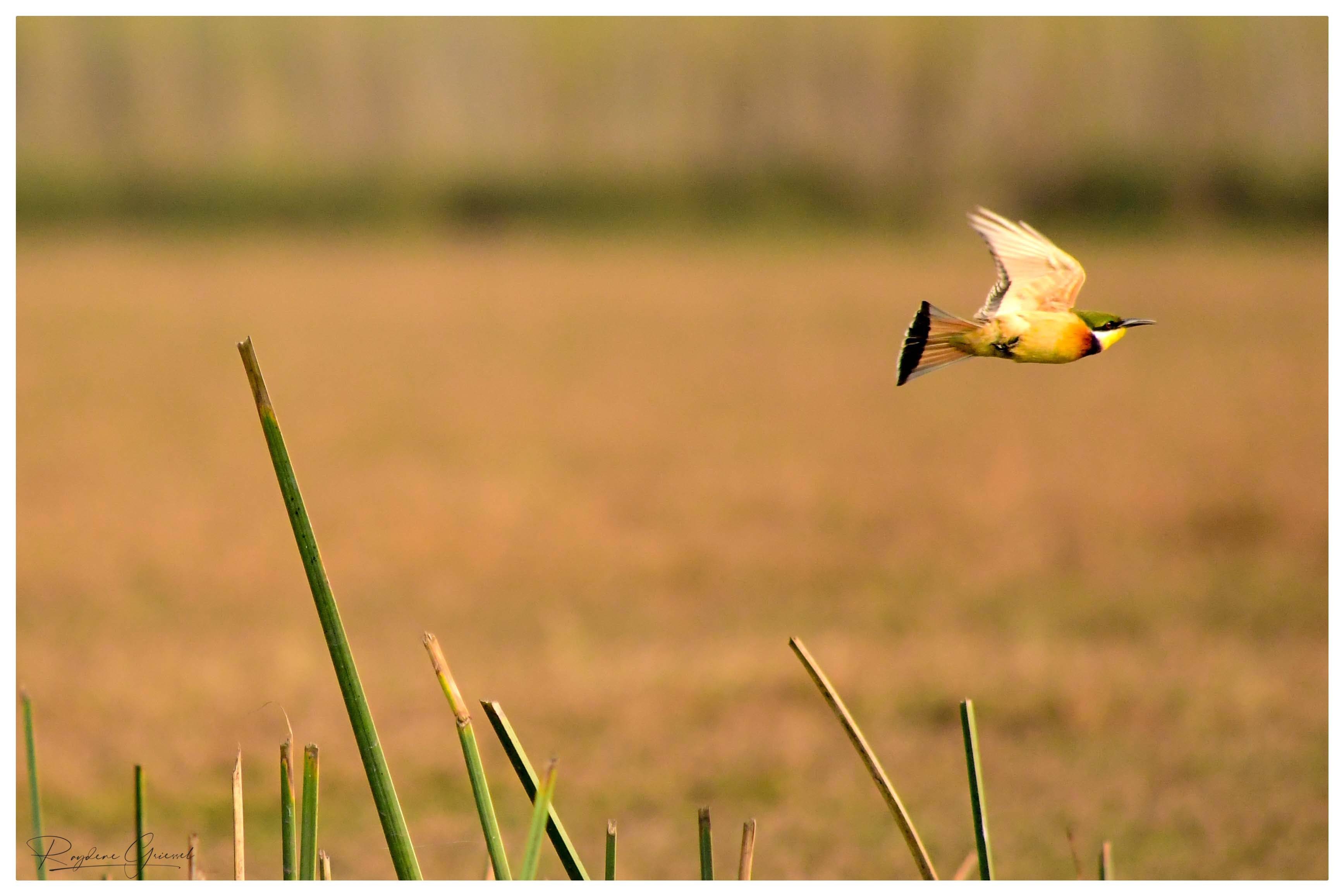



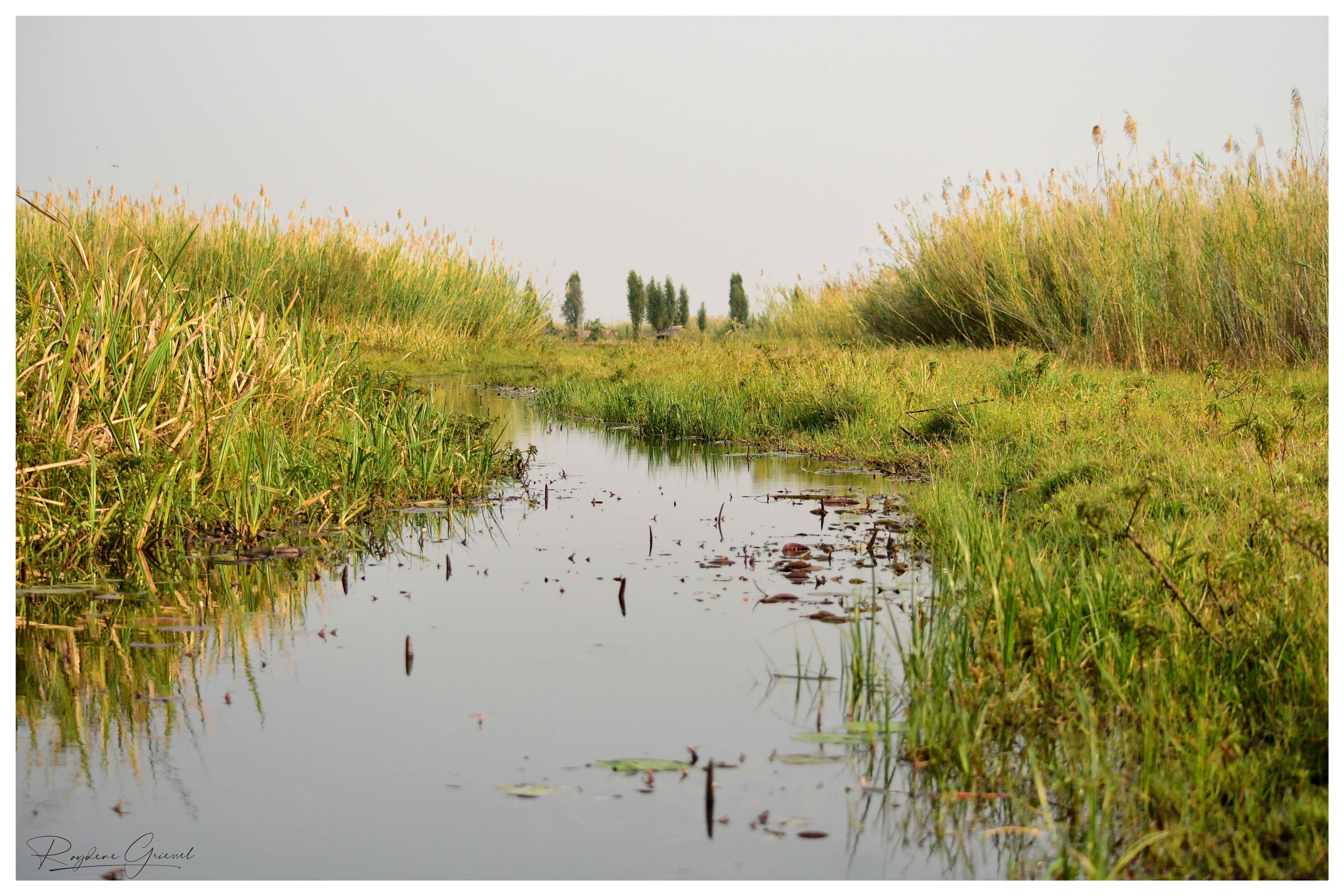




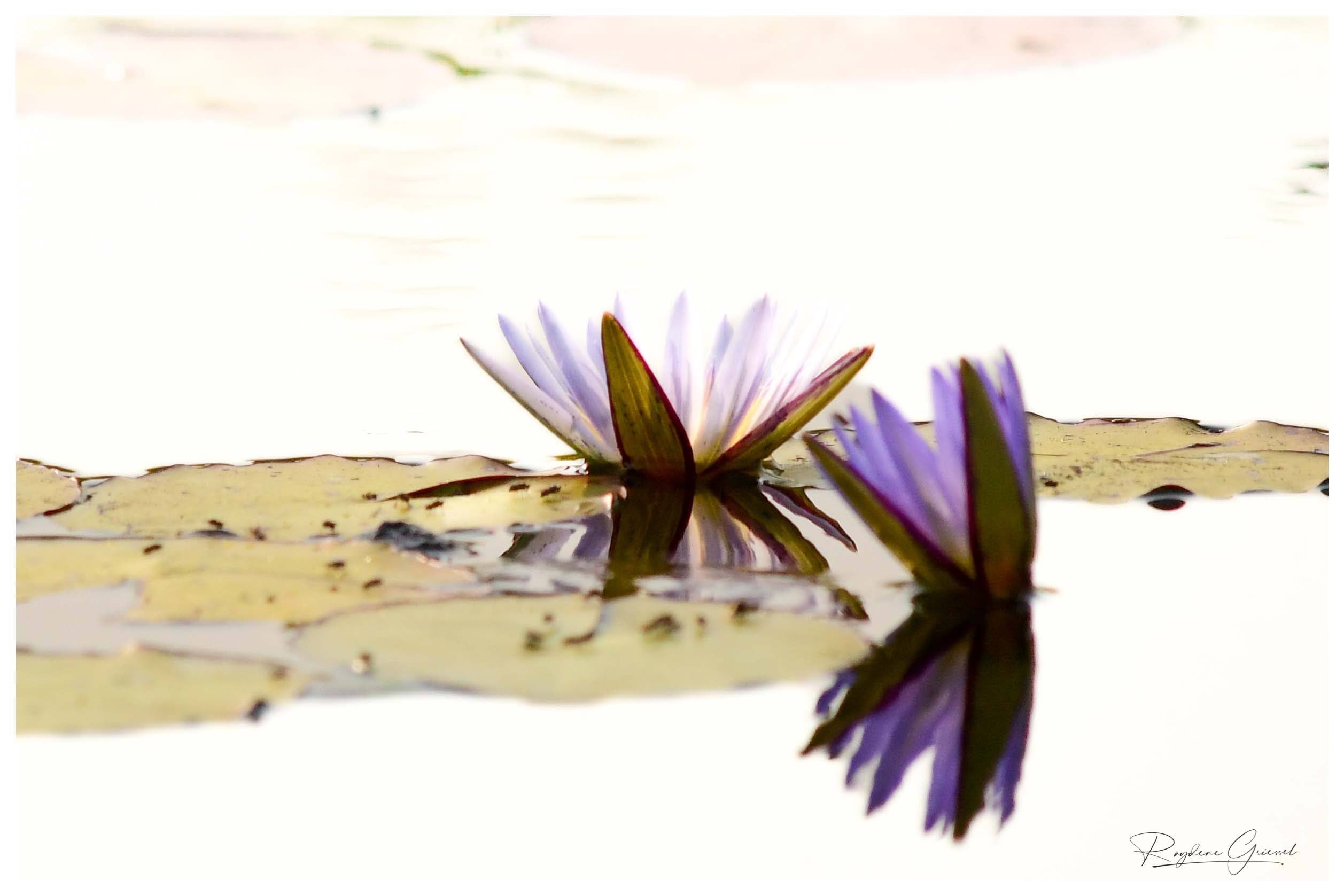









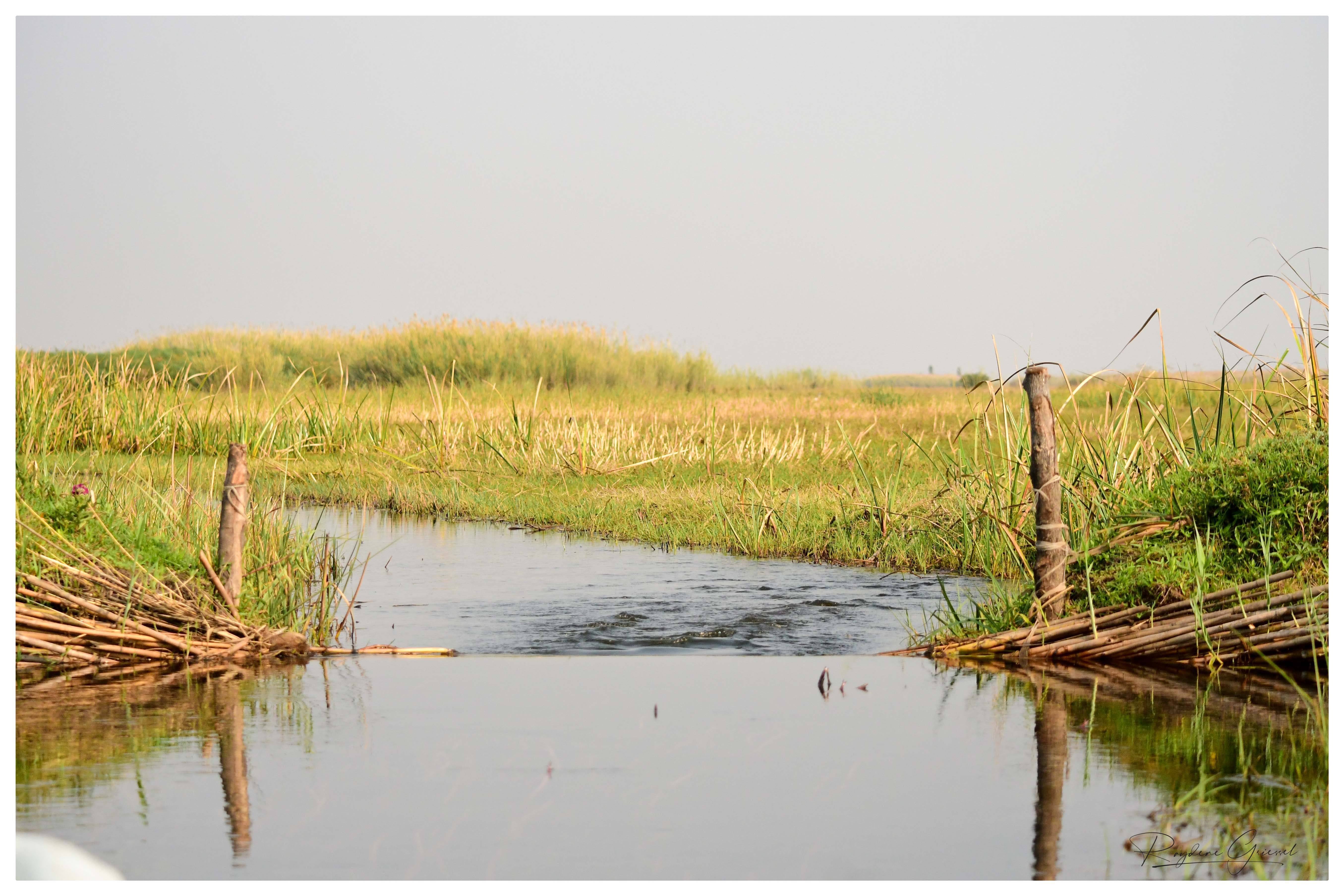


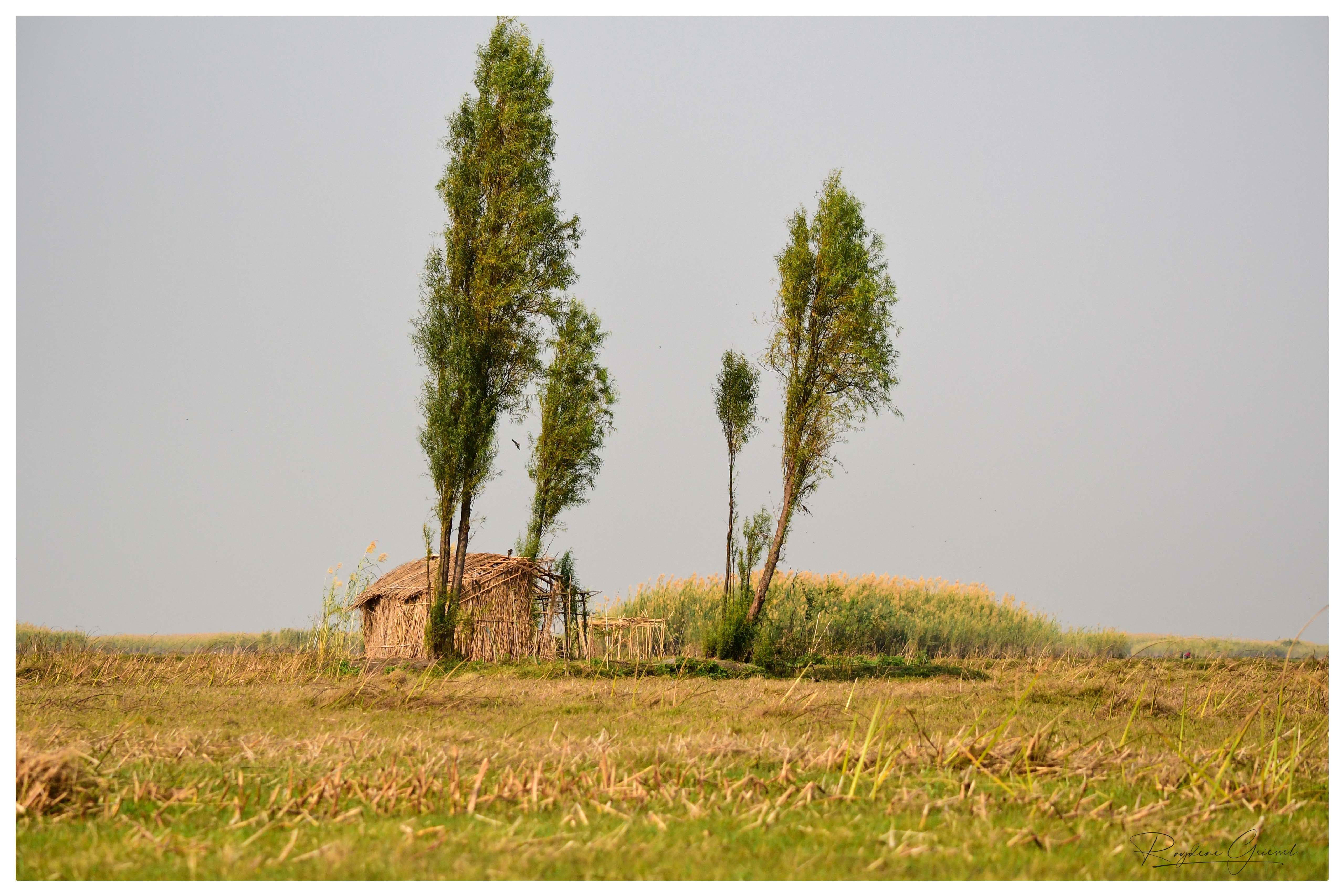

The search is on for the elusive Shoebill...














